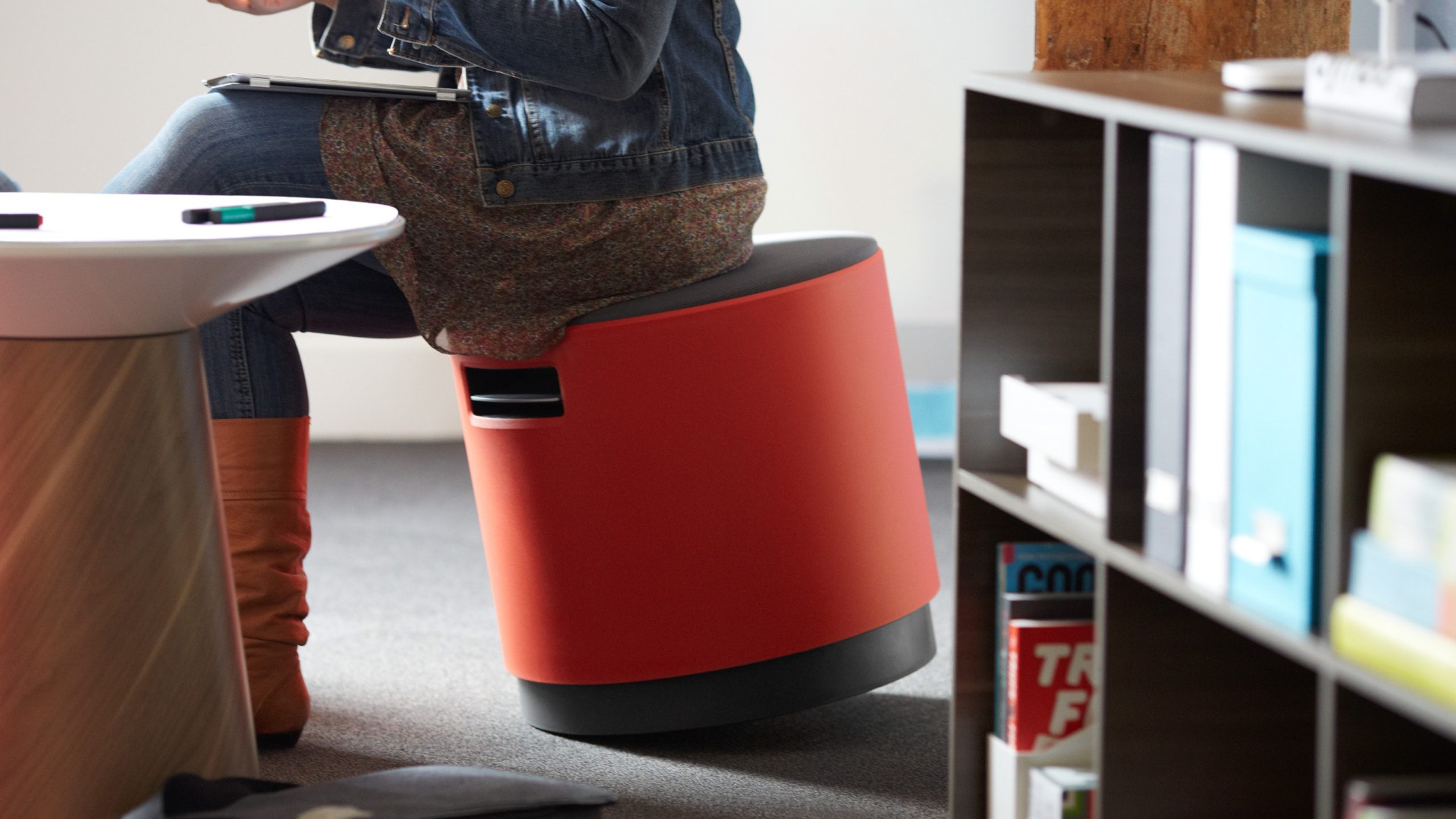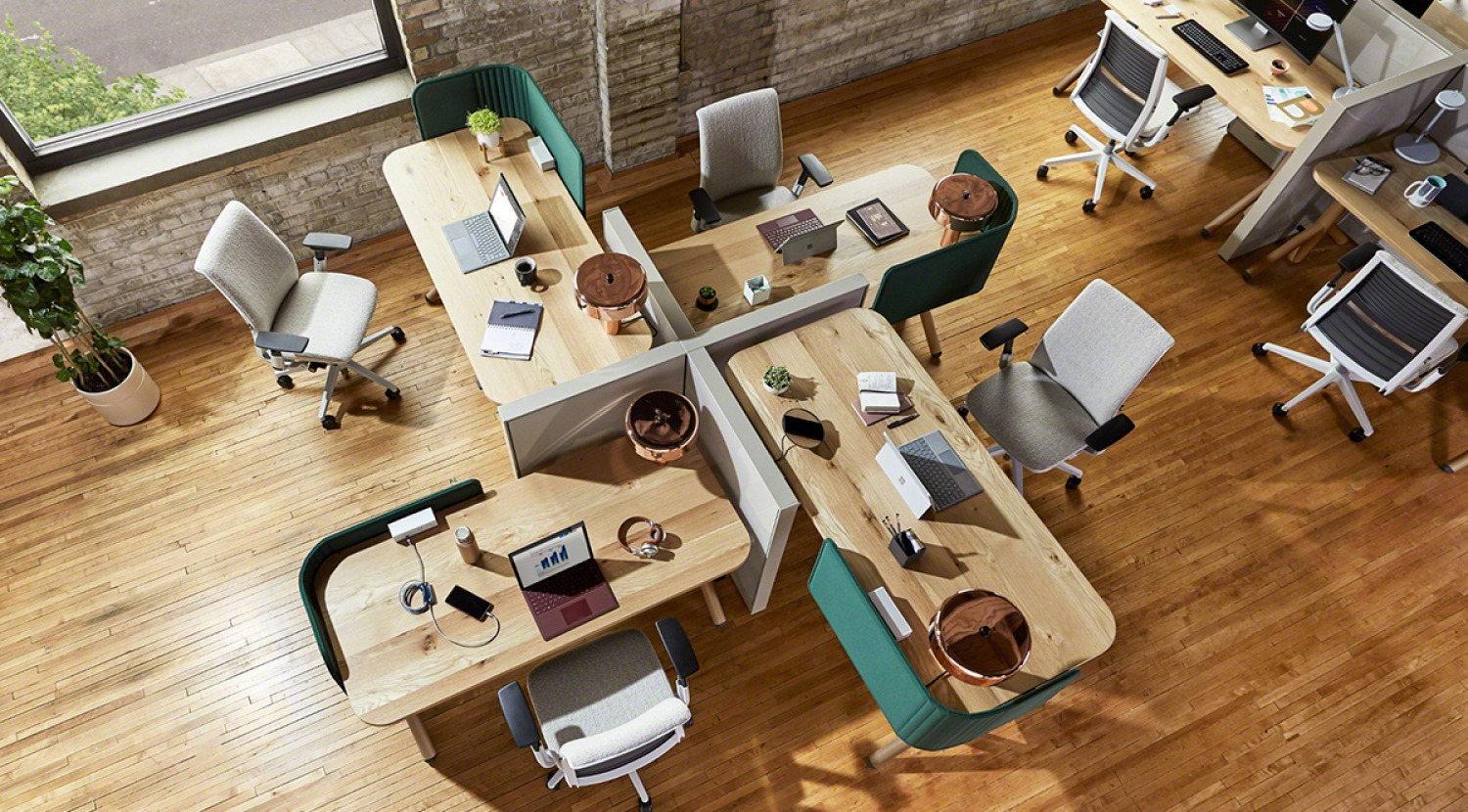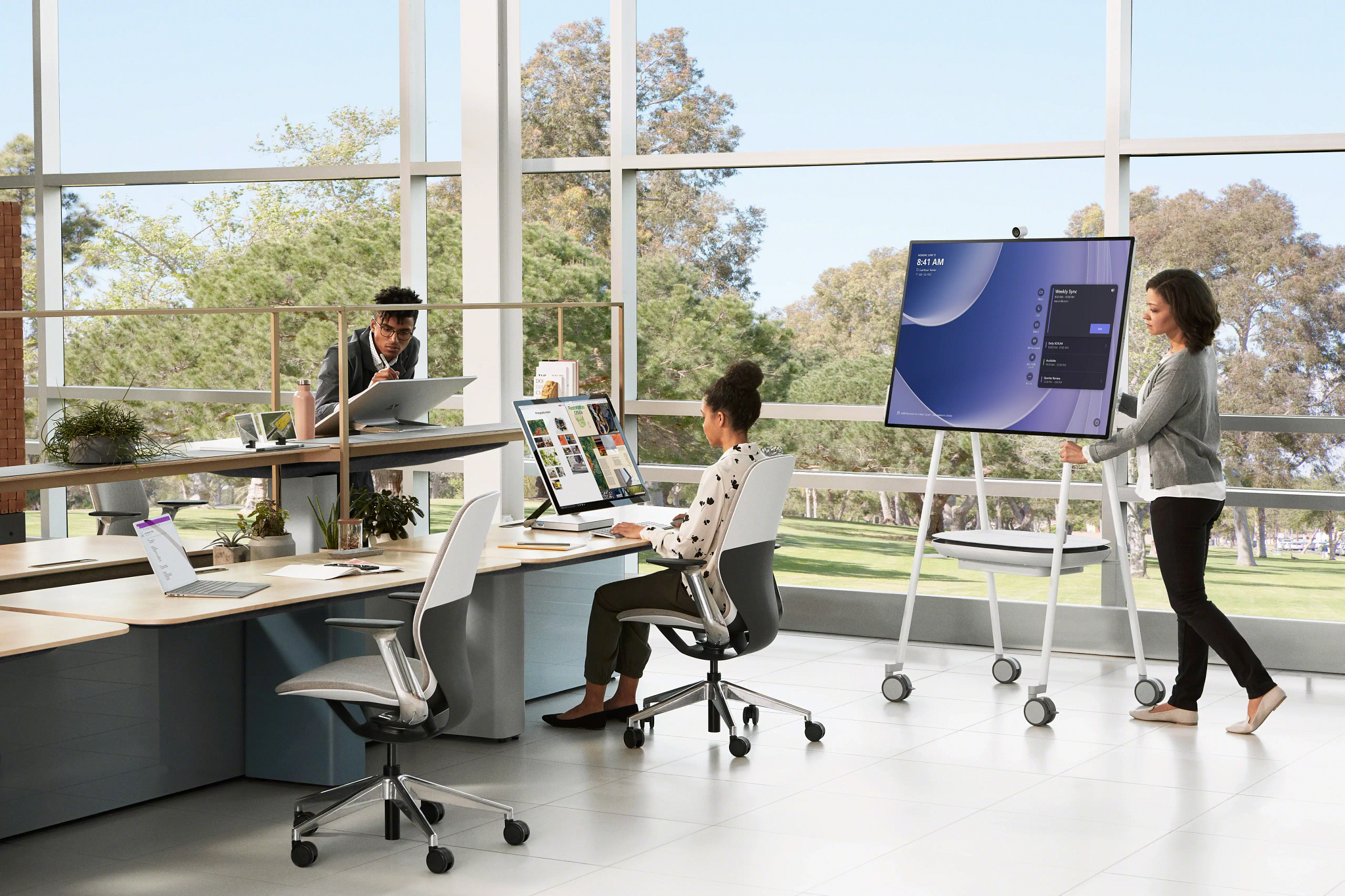As businesses grow, office space can quickly become a premium. Whether you’re a startup scaling operations or an established company optimizing your footprint, a small office doesn’t have to limit big ambitions. The key is using smart, space-saving furniture that enhances functionality without compromising style. Here are some ideas to make the most of a compact workspace.
1. Go Multifunctional
One of the easiest ways to save space is to choose furniture that serves multiple purposes. Look for desks with built-in storage, chairs that double as filing cabinets, or modular seating that can be rearranged for meetings. A fold-out table can serve as a desk by day and a collaborative workspace during brainstorming sessions. Multifunctional furniture minimizes clutter while maximizing utility.

2. Embrace Vertical Storage
When floor space is limited, think vertically. Tall shelving units, wall-mounted cabinets, and pegboards can keep supplies accessible without taking up valuable real estate. Open shelving adds a modern aesthetic while keeping things organized. Pair it with labeled storage boxes or bins for a clean, professional look.
3. Invest in Modular Pieces
Modular furniture is a small office’s best friend. These customizable systems let you rearrange or expand as needed, making them perfect for evolving spaces. Stackable chairs, nesting tables, and modular desks can adapt to changing workflows and team sizes. They’re also easy to transport, making future office moves less stressful.

4. Choose Slim and Sleek Designs
Bulky furniture can overwhelm a small space. Instead, opt for pieces with clean lines and slim profiles. For example, a minimalist desk with tapered legs creates the illusion of more space. Transparent or glass furniture also gives a room an airy feel, perfect for keeping things light and open.
5. Create Zones Without Walls
In small offices, every corner counts. Use furniture to define zones without constructing walls. For instance, bookshelves or mobile dividers can separate a meeting area from individual workstations. Compact sofas or benches can create a cozy breakout zone for casual discussions or quiet time.
6. Prioritize Mobility
Furniture on wheels is a game-changer for tight spaces. Rolling desks, mobile carts, and swivel chairs can be easily repositioned to accommodate different tasks. A meeting room today can double as a workstation tomorrow, giving you maximum flexibility.

7. Keep Technology in Mind
Modern offices rely on tech, but cords and equipment can clutter quickly. Look for desks with built-in cable management or storage compartments for devices. A compact standing desk converter can allow employees to alternate between sitting and standing without needing additional space.
The Big Picture
A small office doesn’t have to mean small ideas. With the right furniture, you can create an efficient, stylish, and inspiring environment that supports growth and innovation. By focusing on multifunctional, modular, and space-saving designs, your workspace can remain a place where creativity and productivity thrive—no matter the square footage.
Looking to optimize your office with smart furniture solutions? Contact us today for personalized recommendations and a catalog of space-saving options.

